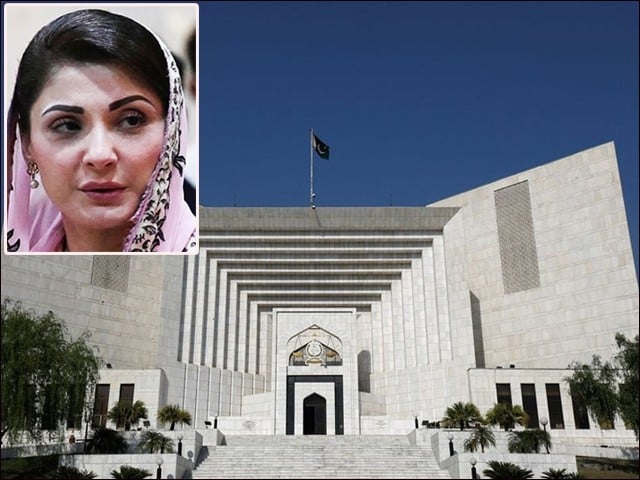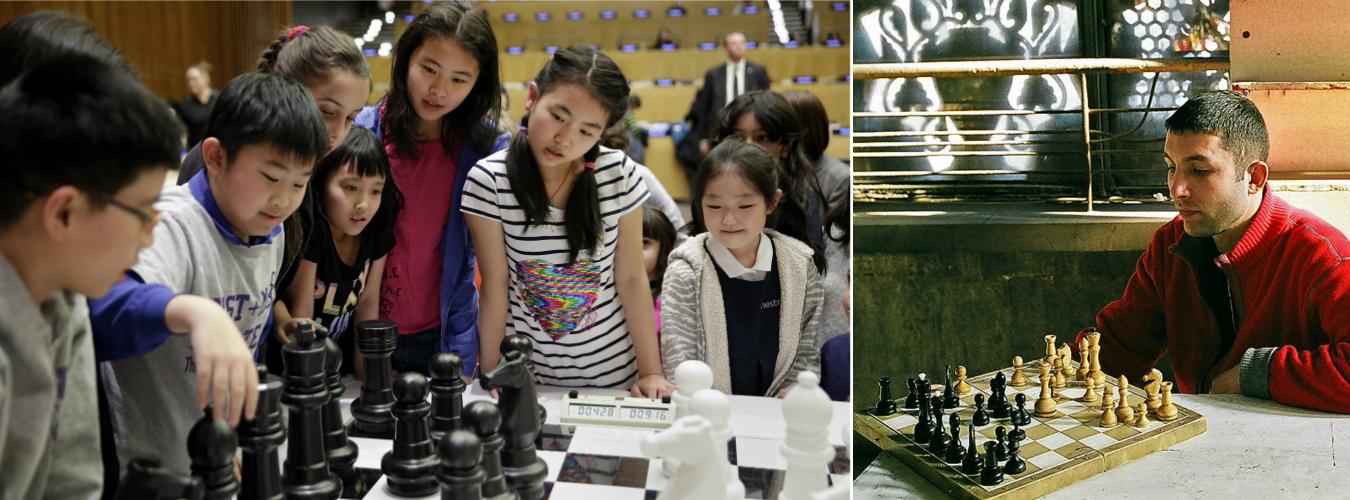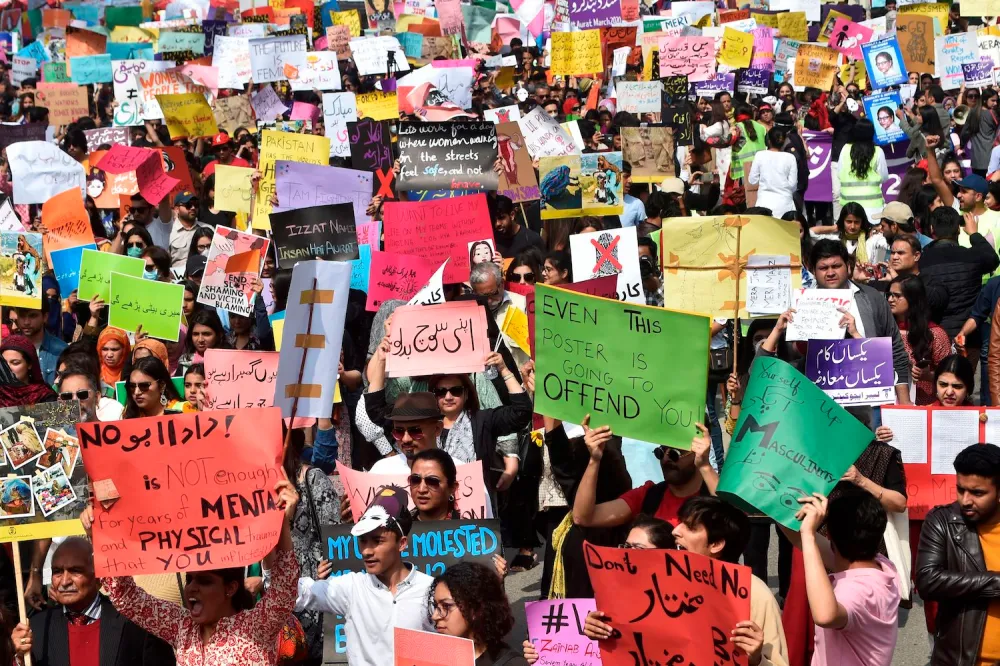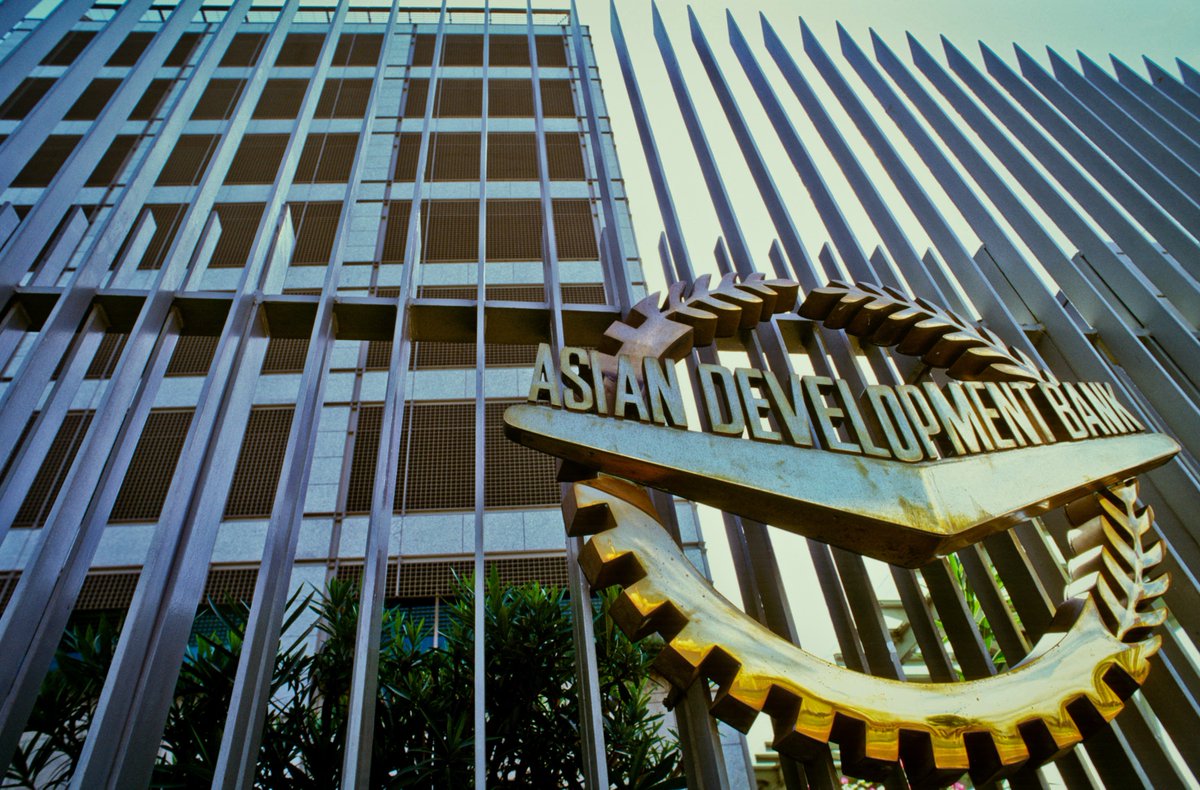Samreen Ata
The energy of the Aurat March was electrifying. Sheema Kermani’s powerful words, “We will keep dancing. We will keep resisting,” echoed as I surveyed the crowd. A vibrant sea of saffron, the chosen color for this year’s march, stretched before me under the scorching sun.
A Mix of Emotions
Every year on International Women’s Day, a potent mix of emotions simmers as anticipation for the Aurat March builds. Fear, anxiety, excitement, and eagerness intertwine. The protest inevitably sparks controversy, with heated discussions and online debates erupting before, during, and even after the event. Social media ignites with viral video snippets and placards, and the back-and-forth continues for weeks. Yet, the unparalleled experience of being physically present at the Aurat March is unmatched.
Entering Frere Hall
Entering Frere Hall through the designated media gate, I was greeted by a sparse crowd, understandable as I had arrived early. A Palestinian flag fluttering in the distance brought a momentary smile, but a sense of unease soon settled in. A horrifying sight awaited me – a vast field of bloodstained graves adorned with fresh rose petals, the smell eerily reminiscent of a graveyard.
The Graveyard of Patriarchy
This chilling installation, titled “The Graveyard of the Patriarchy,” paid homage to the countless victims of patriarchal violence. Each grave represented a life lost, from the 25-year-old Dalit cotton worker to the 21-year-old who died by suicide and even the two-day-old Palestinian baby. It was a stark reminder of the pervasiveness and brutality of patriarchal violence.
Interactive Installations
Nearby, a headless mannequin of “Pidar Shah,” a symbol of patriarchal figures, sported rugged shoes. A sign declared its cause of death as being “feminist churails (witches).” Attendees were playfully encouraged to hurl provided objects at the mannequin. Another interactive attraction was the “Wall of Resistance,” which posed a simple yet powerful question: “How do you resist?” Markers were available for attendees to express their resistance on this cathartic canvas. Answers ranged from the heartwarming (“by yearning” and “by educating myself”) to the more playful.
Learning the Art of Resistance
Inside the main tent, Sheema Kermani led a captivating session on “dance as resistance.” Seasoned Aurat March participants and onlookers alike were captivated as Sheema jee’s energy ignited the crowd. The rhythmic beating of the dhol drum added to the empowering atmosphere, culminating in a resounding cheer that resonated with solidarity.
Demands for Change
This year’s Aurat March passionately advocated for several crucial issues. A key demand was the implementation of the Home Based Workers Act 2018, urging the Sindh government to expedite the registration of home-based workers, predominantly women, and establish a social security fund to protect them from exploitation. Another pressing concern was the escalating issue of missing persons in Balochistan.
The charter of demands also condemned censorship, surveillance, abductions, and murders of activists, journalists, and political workers. It called for an end to the abduction, harassment, forced marriages, and sexual grooming of girls and women from religious minorities, particularly Christians and Hindus. The march emphasized the need for the Anti Forced Conversion Law to safeguard the right to freely choose faith and life partners.
Beyond Women’s Rights
The demands extended beyond women’s rights, urging for the restoration of democracy and the establishment of state-funded safe houses for victims of domestic violence. The organization also demanded the enforcement of the Transgender Persons (Protection of Rights) Act and condemned online hate campaigns targeting the Khawaja Sira community.
A Tightly Secured Event
Security was a major concern this year, with stricter media access compared to previous years. Many journalists were denied entry due to the misuse of videos and photos from past marches, putting participants at risk. The potential for political backlash further heightened the need for robust security measures. This may explain why many attendees were hesitant to speak on camera, opting for masked faces and withheld names.
Why We March?
Despite the challenges, the spirit of the Aurat March remained strong. Ayesha Izhar, a 29-year-old participant, expressed her joy at being part of a generation that challenges injustice. Sheema Kermani emphasized the importance of continuous protest, questioning, “Who suffers when there is violence?” Lawyer Sheeraz Khan Soomro highlighted the vital role women play in society, stating, “Why does it trigger our masculinity to think about women’s rights?”
Please, subscribe to the YouTube channel of republicpolicy.com

















































